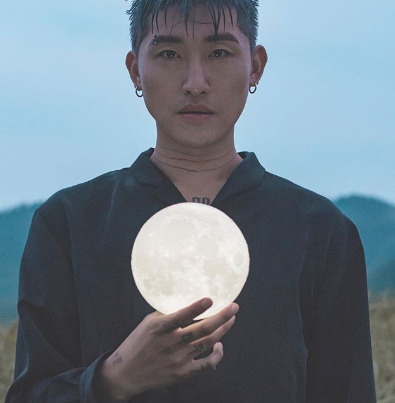
Contrail (2016) by MoonMoon is a song that is loved by many listeners. However, as this song was becoming renowned, a plagiarism controversy was constantly posed. The point of controversy was that the song borrowed a certain line from the novel ‘Contrail’ by Kim Ae-ran without any permission from the author. There was a dispute whether the song is a homage or not, and finally, MoonMoon apologized for unauthorized borrowing and asked the original author’s permission. As human’s creative activity grows quantitatively as well as qualitatively, the boundary between creation and plagiarism becomes more ambiguous and subjective. There are concepts that are similar to plagiarism; parody, homage and pastiche. Parody is a modification of existing artwork for the purpose of mocking the existing artwork or society. Therefore, parody takes on a literary effect only if the audience knows the original artwork. Homage means to show respect for the original artwork. Unlike parody, homage borrows an artwork that is old and famous enough to be recognized as a masterpiece. However, there is no clear standard to sort parody and homage. Pastiche is a similar concept to parody and homage in that it also borrows and imitates content from the original artwork. However, pastiche does not contain any criticism or respect for the original piece. In pastiche, artwork usually quotes or borrows content from several other works that have nothing to do with the original piece.
There is no definite standard of plagiarism or infringement of copyright in law. However generally, if a certain artwork causes a plagiarism dispute, experts judge the work based on ‘literal resemblance’ and ‘non-literal resemblance.’ Literal resemblance means expressions or lines, which literally stands for a text. On the other hand, non-literal resemblance indicates the structure or the character that is indirectly revealed by text. A judgment of infringement of copyright is independent from the reason why the artwork quotes or borrows the certain piece and is only relevant to similarity. In summary, parody, homage and pastiche are regarded as legalized plagiarism. The copyright law is a personal accusation, which means a copyright holder’s accusation is needed to punish an infringement. In the case of a derivative work, it definitely shares the same content with an original artwork, but because of contributing to the promotion, the holder overlooks the derivative artwork if that work does not create any monetary profit. At least in art, the best way to prevent infringement problems is to ask permission from the copyright holder. Professor Woo Jung-ah (HSS) of POSTECH mentions that in the case of art or crafts, when an artist refers to a previous artwork, not only quotations, but also acknowledgment from the copyright holder is required because a quotation may change the context of the artwork. She explains that whether the artwork is a parody or not, each work’s copyright should be protected. She also adds that defining the meaning of ‘creation’ and ‘parody’ in the legal context has to refer to concrete cases.


